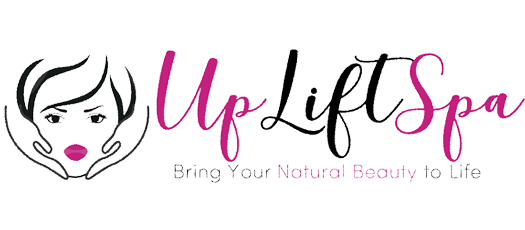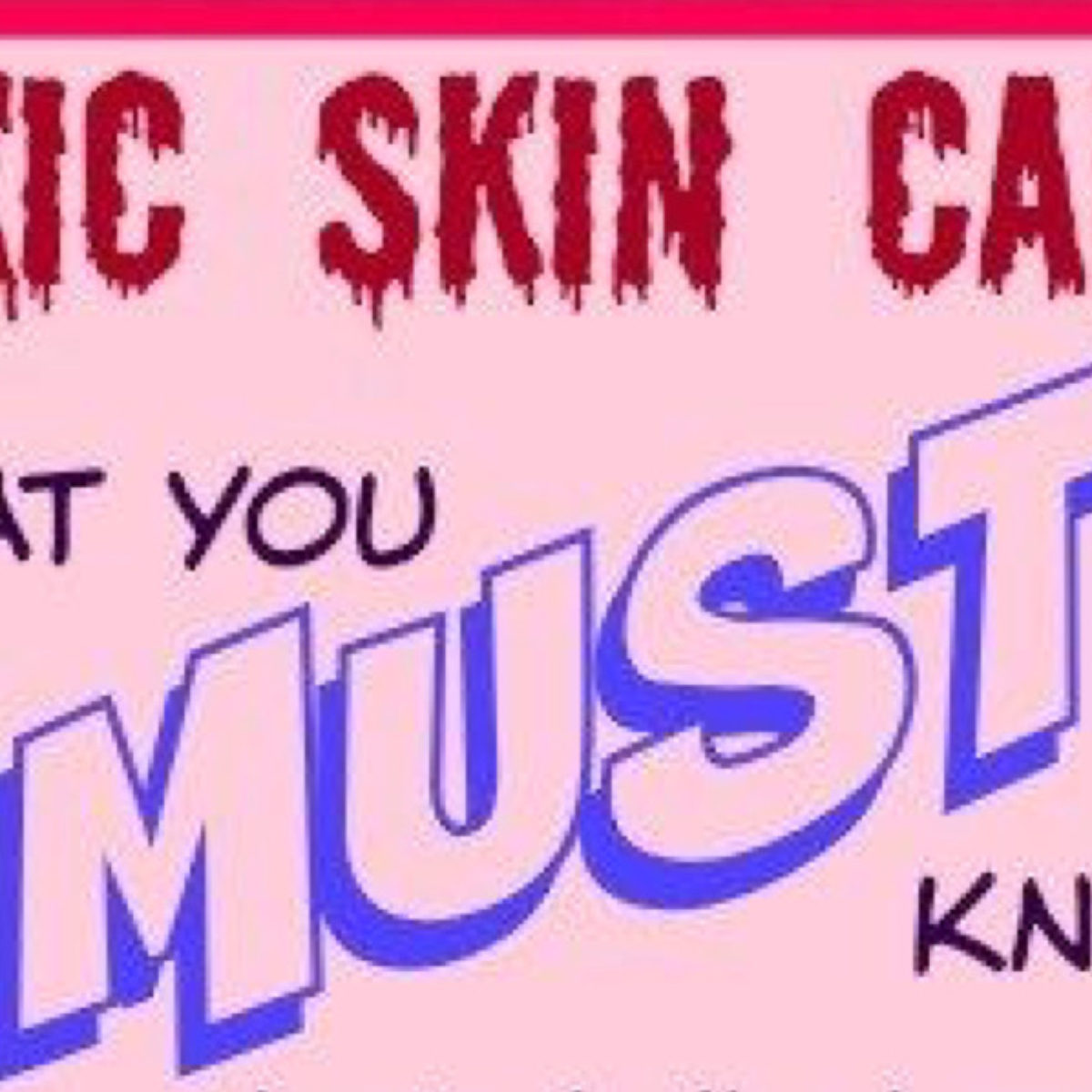Why A Facial Is So Important?
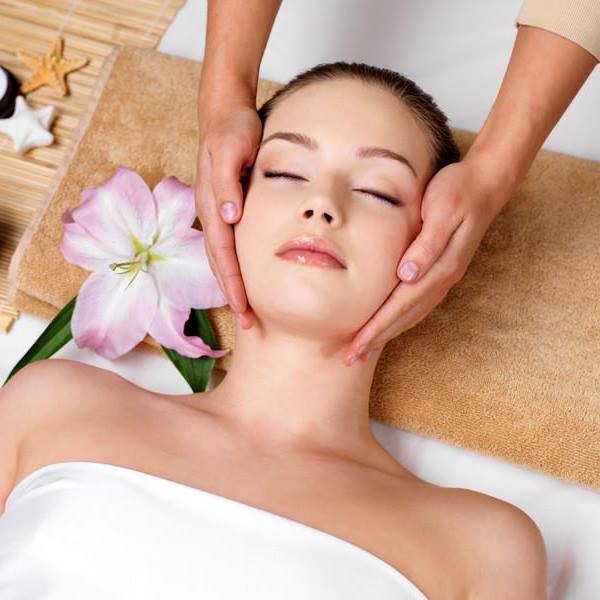
Your Face is the first thing people see when you walk into a room. Why not put your best foot forward? Taking care of your skin is just as important as eating a well-balanced diet, exercising regularly, and getting enough sleep.
Treating yourself to a facial once every 4 to 6 weeks can benefit your skin in many ways. Besides promoting relaxation, regular facials provide many benefits, including noticeable improvements to your skin tone, texture and appearance.
Facials performed by an experienced, well trained esthetician can delay signs of aging, eliminate black heads, increase collagen production, improve skin elasticity and leave your skin with a healthy glow.
Please note, depending on the type of skin you have, your product selection is very important. Using natural products sourced from plants, the sea and clay tend to have little to no adverse effects on sensitive skin.
Healthy skin is our body’s first line of defense against illness, bacteria, and disease, so taking care of it is extremely important. Especially with the change of seasons during an entire year, the skin has to adapt to the weather changes, diet changes and more. It is important to understand how your products can help you maintain the look of your skin and apply them regularly to feed your skin with essential nutrients.
What’s A Good Facial
Here are the key components of any good facial, which should be done on recommendation of the esthetician:
Deep Pore Cleansing
The first part of a facial is a deep pore cleansing. A licensed esthetician has access to products and equipment that can assist in deeper cleansing of the skin without disrupting the skin’s natural barrier function, which has a balanced pH and oils & lipids that are essential to skin’s health.
Skin Analysis
The second portion of a professional facial is a thorough skin analysis. This is an important part of the facial, as this step will determine not only your skin type and any skin conditions you may have, this will also help your esthetician decide what products and treatments she will use for the rest of the facial. An esthetician is trained to “see” the skin with their fingers, so she will touch the skin as she looks at it under a magnifying lamp. While the skin analysis is being conducted, she will be asking questions and discussing with you what she sees.
Exfoliation
In step three, the outer layer of the dead skin will be removed. This is called exfoliation. Exfoliation is important because skin is generating new cells all the time. However, these cells become old and die and need to be replaced with new healthy cells. The older we get, the slower this process becomes. When this process is slowed, it causes the old dead cells to build up on our skin. This is what gives our skin a dull, dry and rough appearance. Exfoliating removes the old built up cells and allows the new healthy cells to emerge, giving your skin a healthy, youthful, fresh look.
Extractions
The next step of the facial is extractions. Any congestion of the pores will be removed, such as blackheads or whiteheads. Having extractions done by a licensed professional is important because they have been trained on how to remove these impurities and how to handle the skin afterwards. Having extractions performed will help keep the skin looking smooth and your complexion clear.
Massage
Finally, it’s time to relax! Massage is a very necessary part of the facial as it stimulates circulation and helps bring oxygen to the skin and promotes relaxation. Having a facial massage on a regular basis can lead to firmer, more radiant skin by minimizing fine lines and wrinkles, moisturizing, and releasing tension.
Mask
After the massage, your esthetician will choose a mask appropriate for your skin type. Masks are important because they target specific skin conditions. They can be soothing, calming, moisturizing, purifying, or stimulating and can work in different ways. Clay masks, for example, are good for removing impurities and excess oil from oily or acneic skin. Masks with aloe or alpha hydroxy acids work by penetrating deep into the skin for hydrating and anti-aging benefits.
Tone and Hydrate
As part of the last step of the facial, your esthetician will use a toner to restore the skin’s natural pH, and to help prepare the skin for proper absorption of moisturizer. After the toner, she will apply a moisturizer suited to your skin type. Moisturizer is imperative to any skin care routine, regardless of skin type, as it is putting much needed water back into your skin.
Remember, even if your skin is oily, your skin still needs water. If your skin is oily, usually an oil-free moisturizer works best. Moisturizers work by putting water back into the skin and keeping your skin hydrated.
Schedule An Appointment
Interested in learning more? Schedule an appointment for one of our facials at Uplift Spa today.
Read More Article Like This
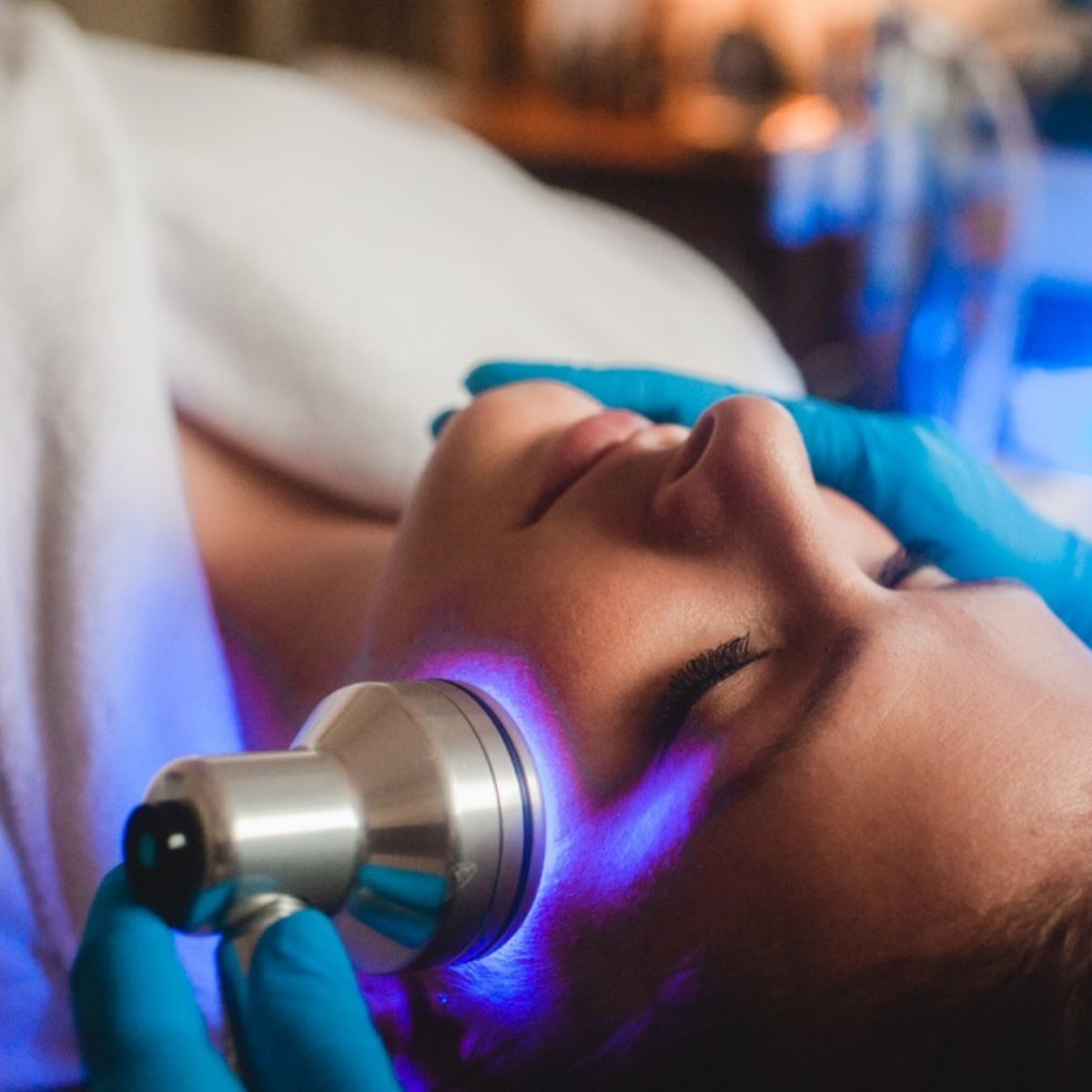
What is LED Light Therapy, and it’s Important Benefits?
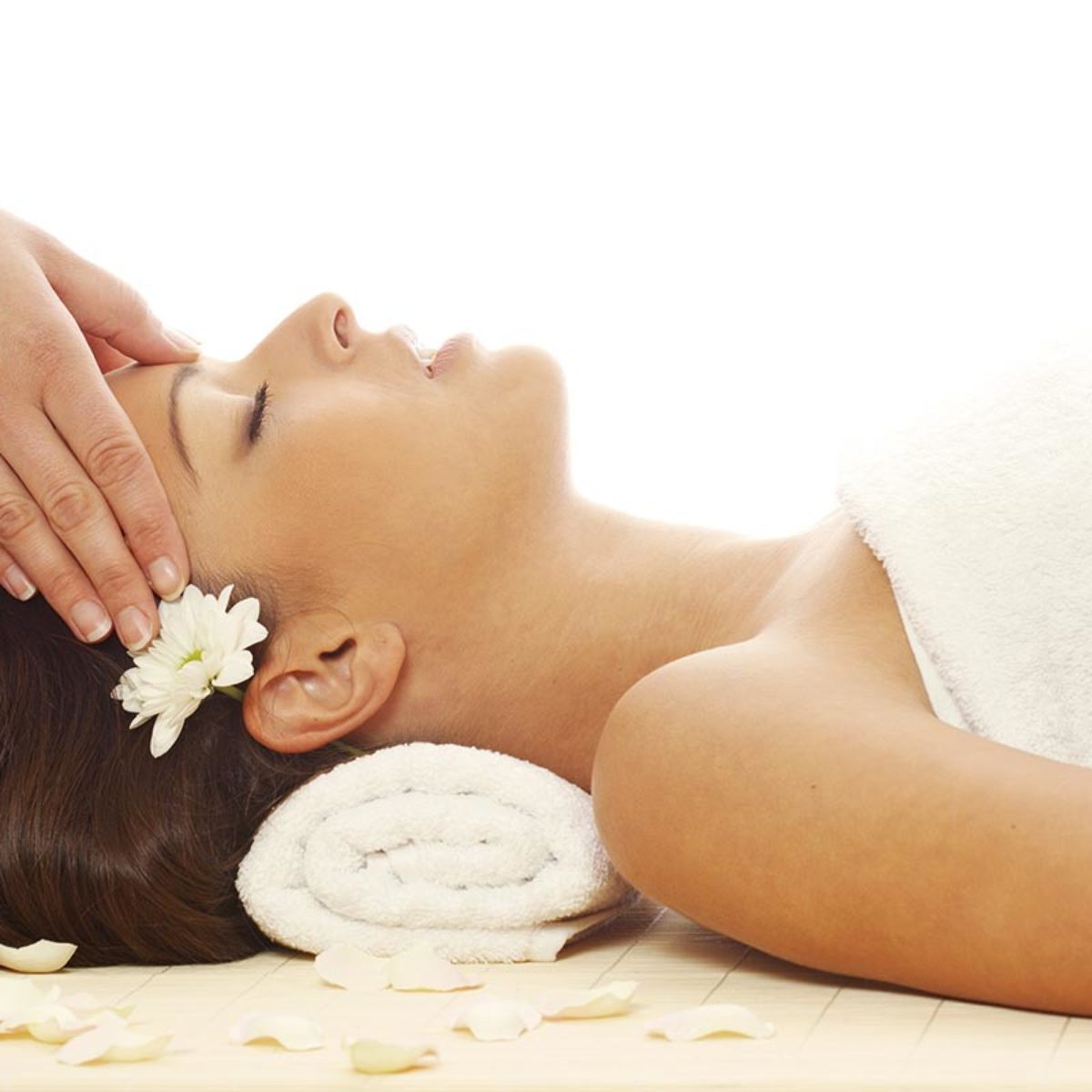
The Wonders of Champissage (Indian Head Massage)

